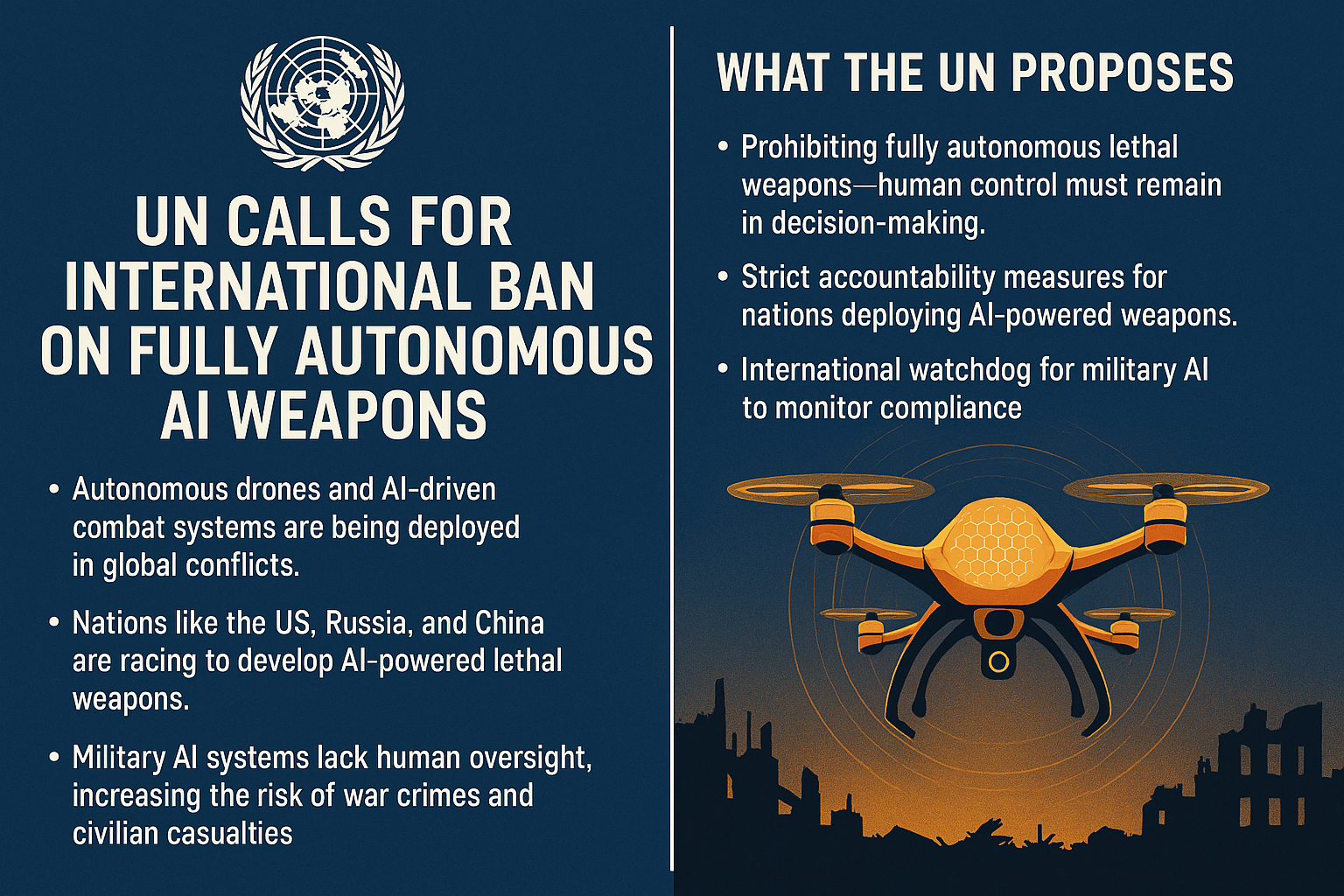Conciliation under international law
🔷 What is Conciliation in International Law?
➤ Definition:
Conciliation is a peaceful, non-binding method of dispute settlement in international law where a third party examines the dispute and proposes a solution, which the parties may accept or reject.
🔷 Core Characteristics of Conciliation
| Feature | Description |
|---|---|
| Voluntary Process | States agree to conciliate; no coercion involved. |
| Neutral Third Party | A conciliator or commission reviews facts and suggests a resolution. |
| Non-binding | The conciliator’s proposal is not obligatory unless both parties accept. |
| Flexible | Less formal than arbitration or adjudication; more structured than mediation. |
| Fact-Finding + Legal Analysis | Often involves examining facts and applying legal reasoning. |
🔷 Conciliation vs. Other Dispute Resolution Methods
| Method | Binding? | Third Party Role | Form of Outcome |
|---|---|---|---|
| Negotiation | No | None | Mutually agreed outcome |
| Mediation | No | Facilitator of talks | Proposal (informal) |
| Conciliation | No | Neutral examiner & proposer | Formal written proposal |
| Arbitration | Yes | Decision-maker | Binding award |
| Adjudication (ICJ) | Yes | Judicial authority | Binding judgment |
🔷 Process of Conciliation
Agreement to Conciliate
States or parties agree (either before or after a dispute arises) to submit their dispute to conciliation.
Formation of a Conciliation Commission
A neutral body is created, usually with members appointed by both parties and a chairperson.
Investigation and Hearings
The commission examines the facts, listens to both sides, and may call for evidence or conduct site visits.
Recommendation
After analysis, it proposes a settlement or solution.
Decision by the Parties
The solution is not binding. Either party may accept, reject, or negotiate further based on the proposal.
🔷 Landmark Cases on Conciliation
Let’s now look at important international cases and disputes that illustrate the role of conciliation — relying purely on legal reasoning, not external law.
1. Laguna del Desierto Case (Chile vs. Argentina), 1995
Facts:
A boundary dispute arose between Argentina and Chile regarding a territory called the Desert Lake (Laguna del Desierto) area.
Process:
The parties agreed to conciliation through a Conciliation Commission after bilateral talks failed.
Conciliators' Role:
The commission reviewed geographical and historical evidence, considered both legal claims, and proposed a solution.
Outcome:
Though the commission's proposal was not binding, both countries accepted it and settled the dispute peacefully.
Importance:
This case demonstrated how conciliation could resolve territorial disputes without litigation or force.
2. North Atlantic Fisheries Case (UK vs. USA), 1910
Facts:
A dispute over fishing rights between the United Kingdom and the United States in the North Atlantic waters.
Procedure:
The parties used a form of conciliation where jurists and diplomats from both sides examined facts and presented findings.
Proposal:
The commission issued recommendations on fishing limits and access, which led to bilateral agreements.
Significance:
This case illustrated conciliation's role in resolving disputes based on customary practices and equitable interests.
3. Timor Gap Conciliation (East Timor vs. Australia), 2016–2018
Facts:
Dispute between East Timor and Australia over maritime boundaries and resource rights in the Timor Sea.
Process:
The parties entered compulsory conciliation under a treaty arrangement.
Commission Role:
Heard both sides, conducted investigations, and helped formulate a comprehensive settlement plan.
Result:
The conciliation concluded with a mutually accepted treaty redefining maritime boundaries.
Relevance:
Showed that even complex economic and political disputes can be resolved through good-faith conciliation.
🔷 Legal Importance of Conciliation
✳ Conciliation is rooted in key international law values:
Peaceful settlement of disputes
State sovereignty and consent
Non-aggression
Equity and fairness
Diplomatic flexibility
🔷 Advantages of Conciliation
Maintains diplomatic relations
Avoids escalation into conflict
Encourages mutual understanding
Less costly and time-consuming than arbitration/litigation
Ideal for sensitive or politically charged disputes
🔷 Limitations
Non-binding nature can lead to rejection of the proposal
Dependent on good faith
No enforceability unless both parties agree
May not be suitable for disputes needing urgent relief or finality
🔷 Summary Table
| Element | Conciliation Under International Law |
|---|---|
| Nature | Voluntary, non-binding, neutral intervention |
| Third Party Role | Independent commission or conciliator proposes solution |
| Outcome | Recommendation (can be accepted or rejected) |
| Examples | Laguna del Desierto, Timor Gap, North Atlantic Fisheries |
| Strengths | Preserves diplomacy, flexible, cost-effective |
| Weaknesses | Non-enforceable, slow if parties lack good faith |
🔚 Conclusion
Conciliation is a peaceful, non-coercive, and legally significant method of international dispute resolution. It respects state sovereignty while promoting cooperative problem-solving. Through notable cases like Laguna del Desierto and Timor Gap, international law shows how conciliation can provide lasting, diplomatic solutions even to long-standing and complex disputes.


























0 comments